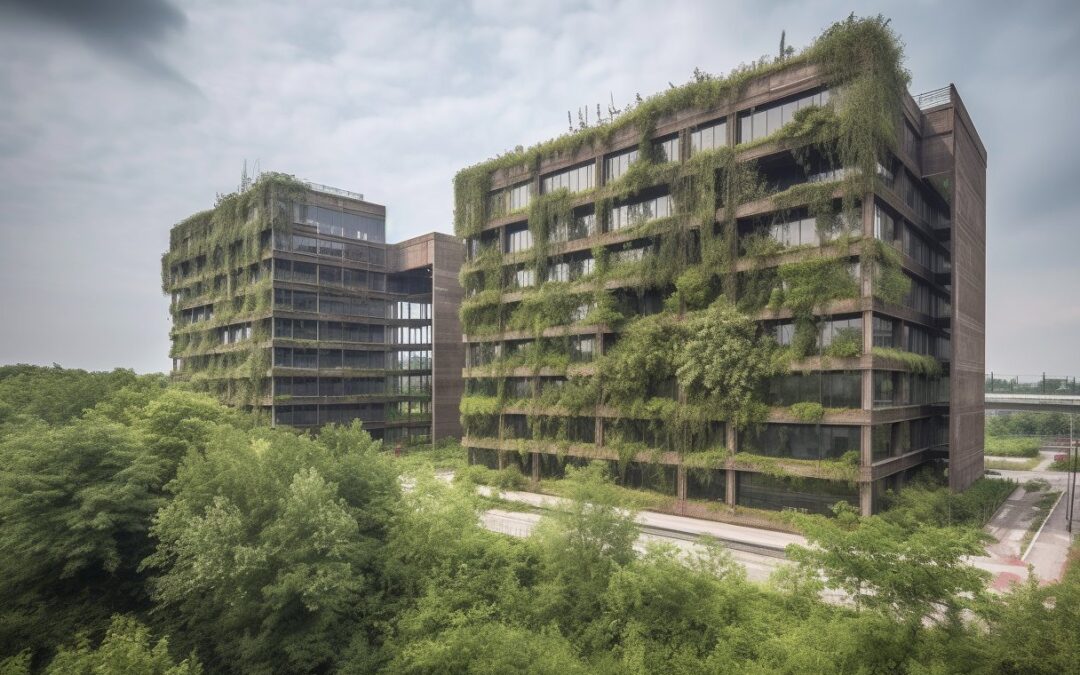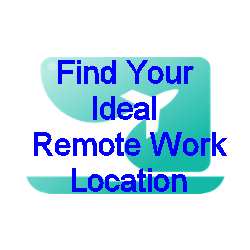If you’ve ever heard the phrase “It’s not the heat, it’s the humidity,” especially from older generations, you might find it amusing. However, experiencing a run in West Texas versus the Florida Panhandle in July will make you realize the significant impact of humidity on the overall experience. Having been stationed in West Texas during my military service, where the environment was extremely dry, I observed how both heat and humidity played roles in affecting individuals during summer military formations. This metaphor extends to the office setting, where the focus often lies on the office itself, but the real issue is the ecosystem. When the ecosystem collapses, rebuilding the office becomes challenging, if not impossible.
Ecosystem Collapses
I’ve had the unique experience of being amid various ecosystem collapses over the past few decades. The military underwent a reduction in force after the Gulf War, a less-known event where the ecosystem had grown beyond sustainability. I was in Korea at the time and we called it “black Thursday”. 7 of 11 eligible were told they were out of the military in 30 days. Not that they had done anything wrong, other than not being included in a budget line item.
The Internet boom and subsequent collapse also marked a period of rapid change. I worked on multiple startups that were all going to be the next big IPO. None of them got to that stage. I remember a startup partner losing funding the day before they moved into their brand-new office building. There was a sea of unused purple office chairs in the lobby that never got moved upstairs. I few years later I got a large package from a legal firm regarding my stock in one of the companies. I think there were 2,000 shares. The paperwork was almost a hundred pages long, and the check was for $0.54.
In the financial collapse, working for a large insurance company, I saw a slow decline with layoffs becoming a weekly occurrence. Over a year and a half, I had over 90 people working on a project, but no more than about 30 at any one time. Every week I would get a call or email that someone didn’t show up at a meeting. I would call their boss and find out they had been let go. They were all good people. It was an exercise in weight loss through amputation. Eventually, I got the HR meeting notification that it was my turn. I’ll never forget consoling the manager who cried the whole time she went through the process. It ended up being her turn a few weeks later.
The subprime mortgage industry presented a different challenge with its rapid collapse, teaching me about the efficiency and risks associated with such ecosystems. It was a perfect system for essentially printing money. There was a guaranteed buyer for mortgages so it was simple math of being able to sell as many as fast as possible. I remember one day coming into a conference room for a meeting and all the chairs were gone. We had hired so many people the day before, they didn’t have anywhere to sit. People were using boxes for desks and sitting in hallways. It was probably the most fun company I’ve worked for. Then in the space of a couple of days, there were a couple of mistakes made that essentially stopped the flow of money. You would think it would be like turning a faucet off and then back on, but it doesn’t work that way. The company went from $3B in assets under management to bankruptcy in 3 weeks.
All these instances had their moments on the front page but were mere blips in history, not fundamentally changing society. However, the collapse of something as integral as the office ecosystem has far-reaching implications.
The Office Ecosystem
While media attention is primarily on office occupancy, the ecosystem extends beyond. Within the office ecosystem, there are cleaning services, building maintenance, dining services, parking facilities, security, and more. The ripple effect reaches the street level, affecting local businesses and services. Public transportation, gas stations, and restaurants catering to commuters are all impacted when people stop coming into the office. Ecosystems don’t generally scale up or down efficiently. When you have 3 cooks and kitchen staff servicing a building with 600 people, how many do you need when there are only 100 people? The answer isn’t half a person.
Returning to the office, especially with the hybrid concept, poses challenges. The ecosystem that once supported the office no longer exists. Offices need a certain occupancy level to sustain the ecosystem. This ends up affecting dining, cleaning, maintenance, and other services. Even when people return, the support systems may not recover in time. This was evident when returning to an office after three years; the cafeteria had closed, and efforts to revive it failed due to an insufficient workforce. No one would take over the contract because they needed a certain number of staff to do the work, and there was no way for them to make enough money with the number of people in the building. I don’t think anyone has tried to use the argument that people need to come back to the office so the food services vendor and the cleaning company can stay in business. they probably won’t either. Unlike those invested in commercial real estate, they aren’t invested in the support ecosystem.
Unintended Consequences
The reduced number of workers led to an increase in security guards to prevent unauthorized individuals from taking advantage of the mostly empty building. This situation also resulted in extra energy consumption to heat a space, emphasizing the unintended consequences of a disrupted office ecosystem.
So now what? Ecosystems tend to scale up, but they don’t scale down easily. There are minimum levels where different parts of the ecosystem are no longer viable and die. How long before a parking lot decides to sell because no cars are parking there? The contract dining example also extends to local restaurants that were part of the ecosystem. Many closed and it’s all about numbers. We think it’s odd when we see a CVS on one corner and a Walgreens on the other. It happens because the math says it can. That is until the math changes and things start breaking.
The New Normal
Much like the money flow issue with the subprime market, returning to an office is not as simple as turning the flow of people back on. This wasn’t a snow day where people returned to mass the following day. People are not coming back to the same structure. RTO mandates or not going to work because the ecosystem that supported the old system no longer exists.
It will take a while for new ecosystems to develop and they aren’t going to be the way they were. The sooner people realize that the faster the new ecosystems will develop. Instead of holding our breath and waiting for people to come back to the offices, we need to start finding new uses for that space. It could be residential, retail, co-working, medical, cloud storage, battery backup, exercise or dance, or entertainment venues. Or all of the above depending on the property. Usage will ultimately determine how the ecosystem grows.
It takes a broader view to think in terms of ecosystems. And it takes a combination of real estate, planners, business owners, civic leaders, and others to do it right. We are starting over and this is bigger than any one company or office. Therefore we need to think about things in that context. We aren’t just figuring out new ways and places to work. We are building new ecosystems and figuring out new ways to live.



